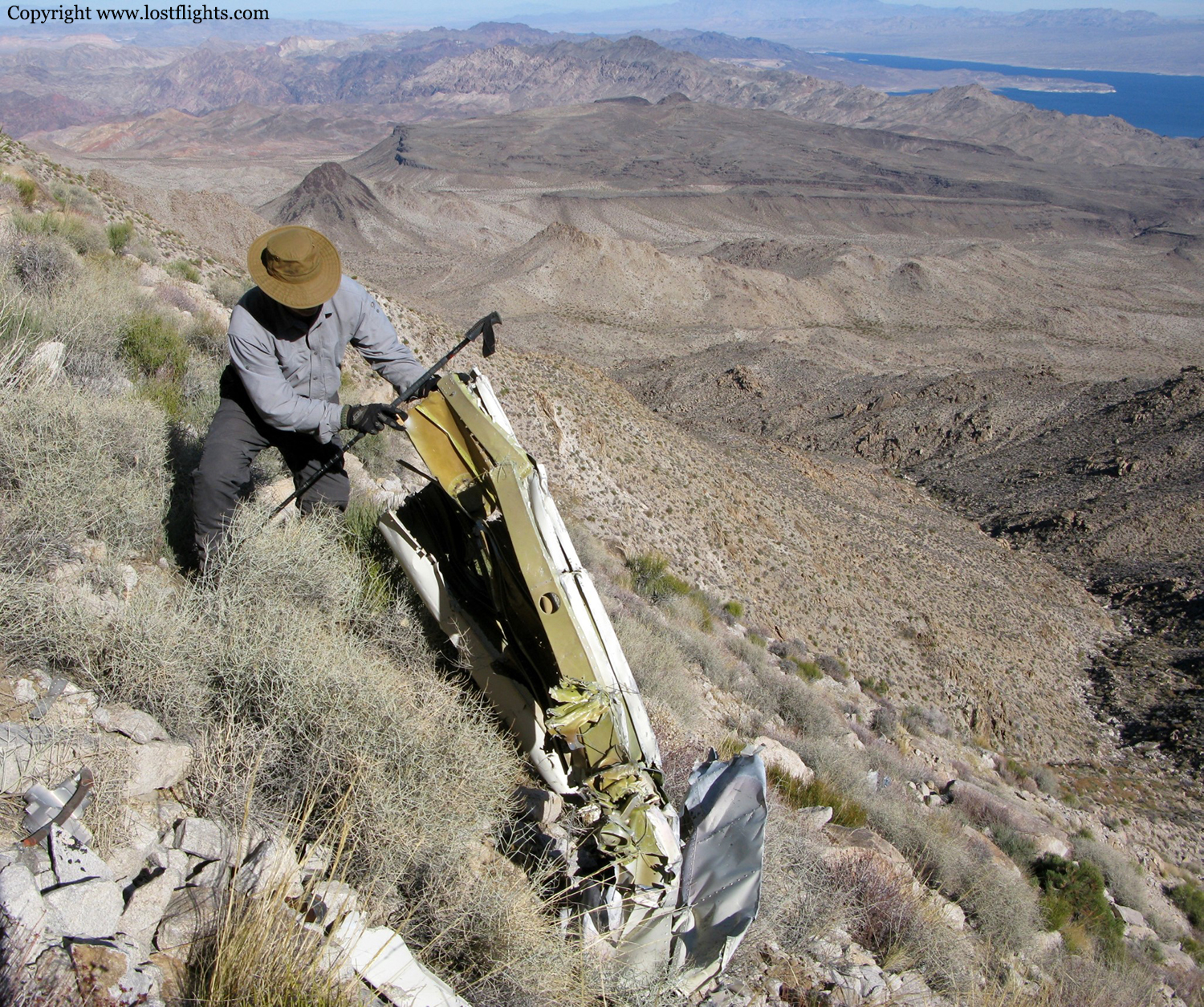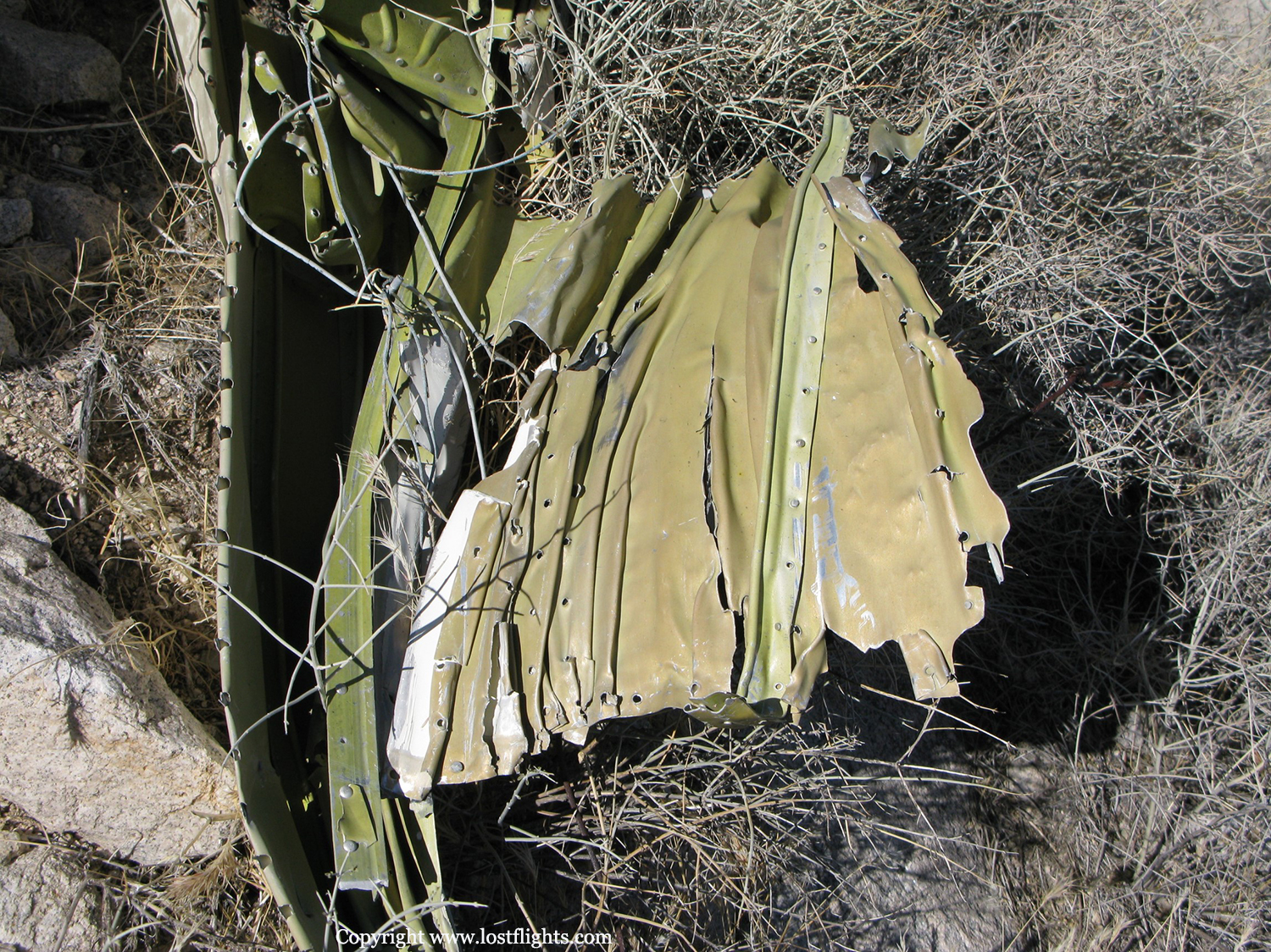Crash of a Piper PA-61 Aerostar (Ted Smith 601) in Ruidoso: 2 killed
Date & Time:
Apr 23, 1999 at 1023 LT
Registration:
N48MD
Survivors:
No
Schedule:
Ruidoso – North Las Vegas
MSN:
61-0492-201
YOM:
1978
Crew on board:
1
Crew fatalities:
Pax on board:
1
Pax fatalities:
Other fatalities:
Total fatalities:
2
Captain / Total hours on type:
597.00
Aircraft flight hours:
4526
Circumstances:
The pilot departed on runway 06 with zero degrees of flaps. A witness said that she noticed that the airplane appeared to wobble and shudder, and immediately went into a steep right bank turn right after takeoff. The airplane then went into the clouds which were 200 to 400 feet agl. Radar data indicated that the airplane made several 90 degree turns prior to impacting the mountainous terrain 2.55 nm from the departure end of the runway. The pilot normally used 20 degrees of flaps for takeoff. A test pilot said that the airplane handles significantly different during takeoff if zero degrees of flaps are used verses 20 degrees of flaps. The upper cabin's entry door was found, with the locking handle and locking pins, in the closed position. No preimpact engine or airframe anomalies, which might have affected the airplane's performance, were identified.
Probable cause:
The pilot's failure to maintain aircraft control for undetermined reason. A factor was the low ceiling IMC weather condition.
Final Report:




